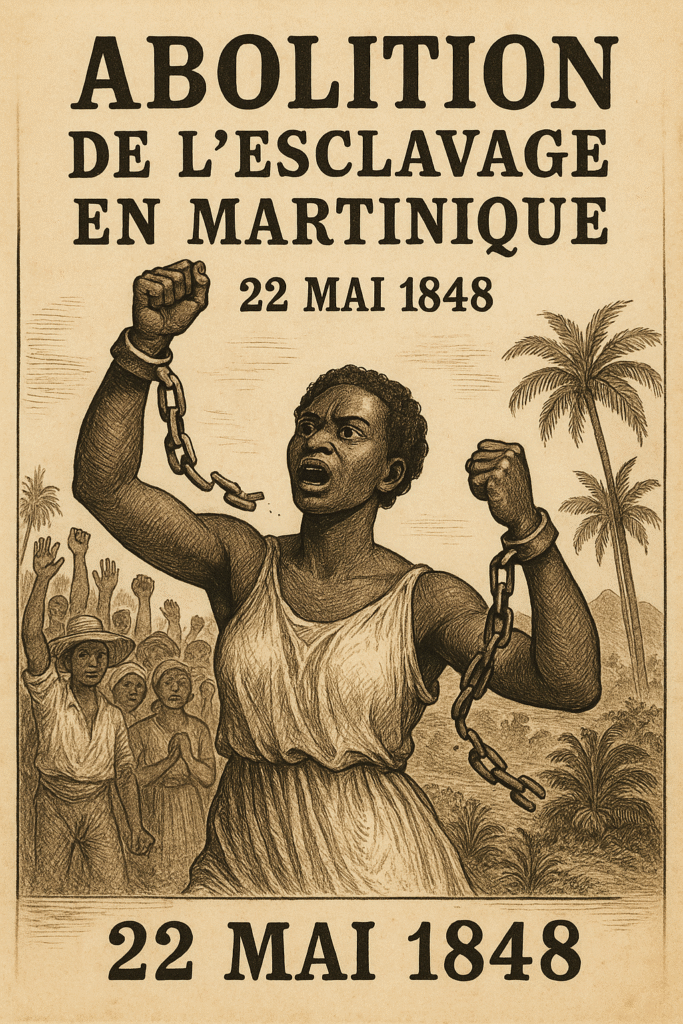Sarah Rector’s story is one of the most remarkable yet lesser-known narratives in American history. Born on March 3, 1902, in Indian Territory (now Oklahoma), she went from being a poor Black girl living on an allotment of seemingly worthless land to becoming one of the wealthiest African American children in the early 20th century. Her journey is a testament to resilience, wealth-building, and the complexities of race and prosperity in America.
Early Life and Unexpected Wealth
Sarah Rector was born into a family of Creek Freedmen—Black people who were formerly enslaved by the Creek Nation but later became recognized as members of the tribe. Under the Dawes Act, Sarah, like many Black children of freedmen, was granted land as part of a government effort to distribute Native American territory. Her family received an allotment of 160 acres in the Glenn Pool oil field region of Oklahoma.
Initially, the land was considered barren and of little value. However, in 1913, an oil company drilled a well on her property and struck a massive oil reserve. Almost overnight, Sarah Rector began earning around $300 a day—equivalent to more than $9,000 a day today. By the time she was a teenager, she was a millionaire, making headlines across the nation.
Challenges and Racism
Despite her newfound wealth, Sarah faced significant challenges. During this time, laws restricted African Americans from managing large sums of money, and courts often appointed white guardians to oversee their finances. The national attention on her wealth led to scrutiny, and some even attempted to declare her white in an effort to circumvent racial restrictions on wealth and property ownership.
Sarah’s guardianship became a matter of controversy, with her funds initially controlled by white businessmen. However, through legal battles and advocacy, her family managed to secure control over her wealth. Booker T. Washington and W.E.B. Du Bois were among the Black leaders who supported her, ensuring that she had access to financial management and protection.
Later Life and Legacy
Sarah Rector used her wealth wisely, purchasing a mansion in Kansas City, Missouri, and investing in businesses and real estate. She later married Kenneth Campbell and had three sons. Though her wealth diminished over time, she continued to live a comfortable life, focusing on philanthropy and entrepreneurship.
Sarah Rector’s story is an essential piece of Black history, showcasing the intersections of race, wealth, and resilience in America. Her life challenges the notion that wealth and prosperity were unattainable for African Americans during the early 1900s, proving that, even in a system stacked against them, Black excellence could still shine through.
Final Thoughts
The legacy of Sarah Rector remains an inspiring one. She was a young Black girl who defied the odds and became a millionaire at a time when systemic racism sought to keep African Americans in poverty. Her story reminds us of the importance of financial literacy, economic empowerment, and the need to preserve Black wealth for future generations.
#BlackHistory #WealthBuilding #SarahRector #FinancialEmpowerment









